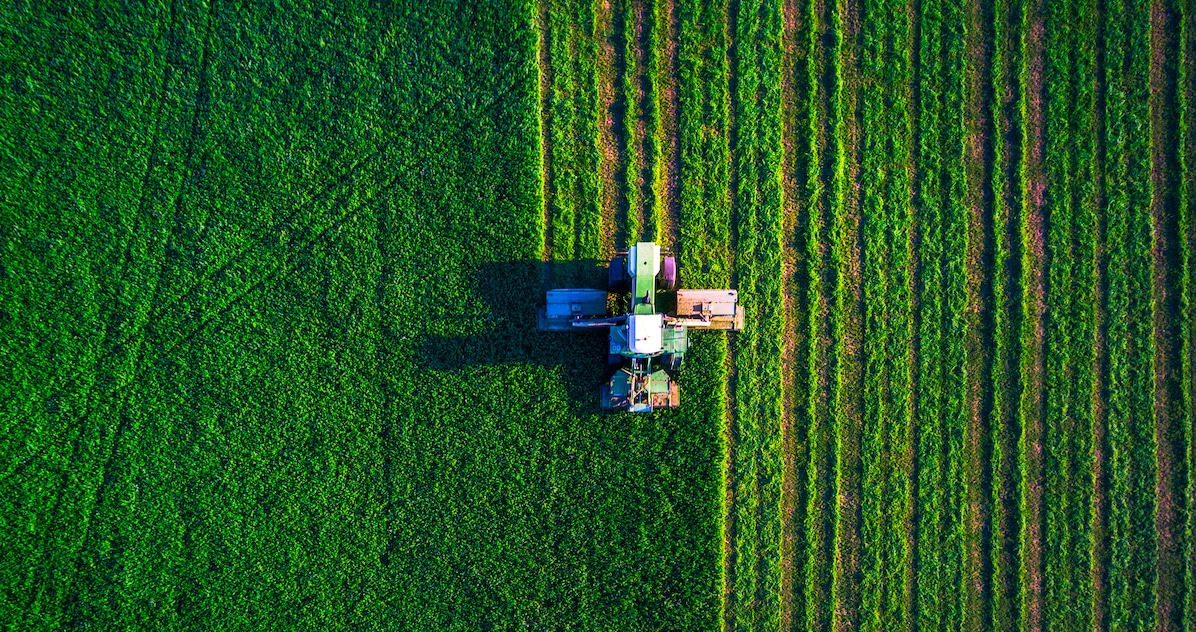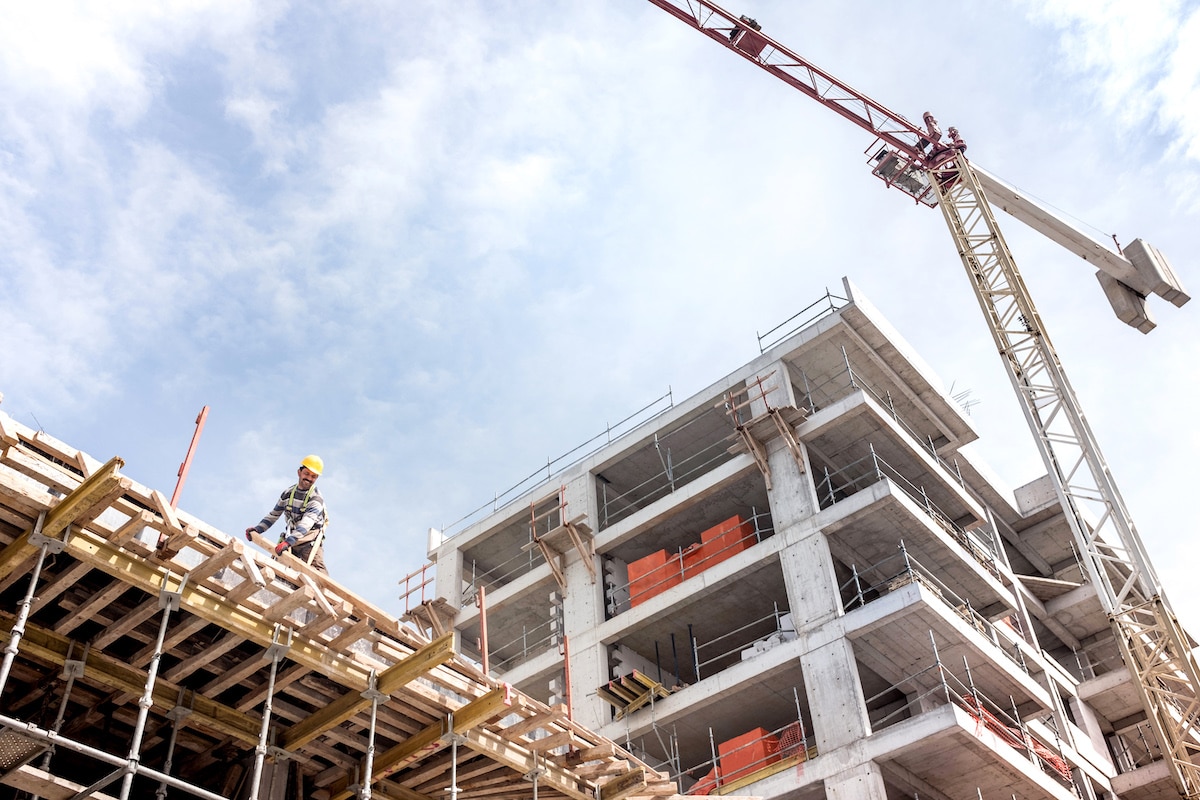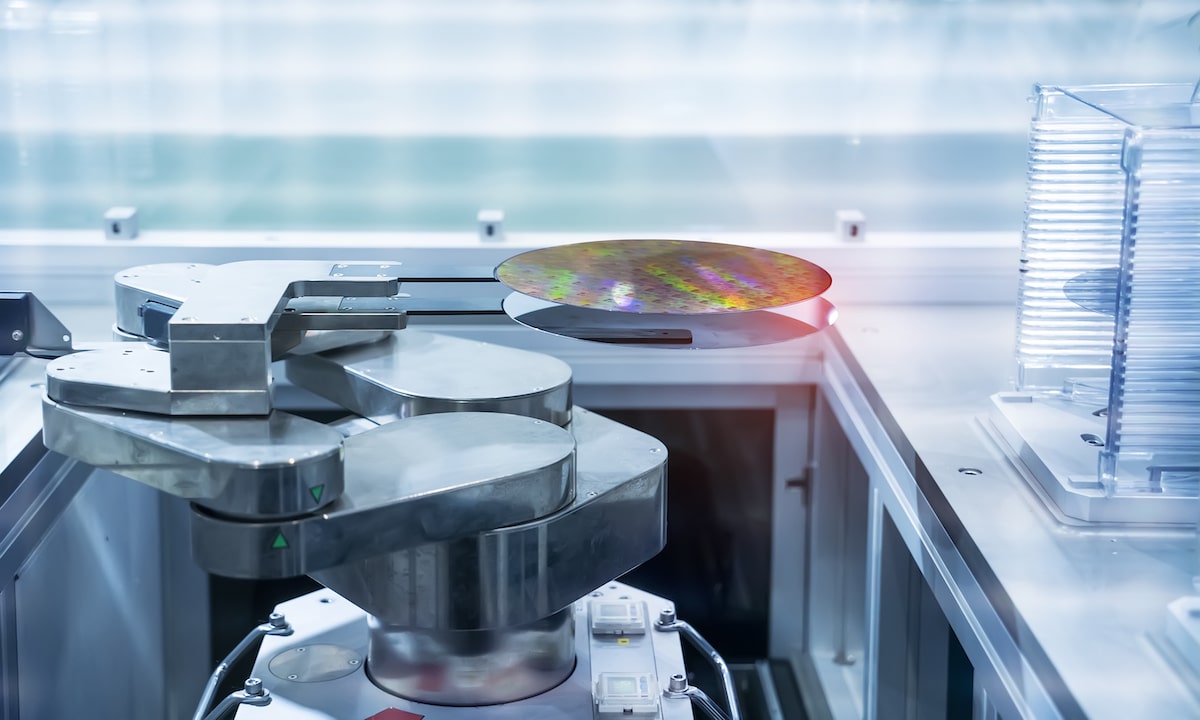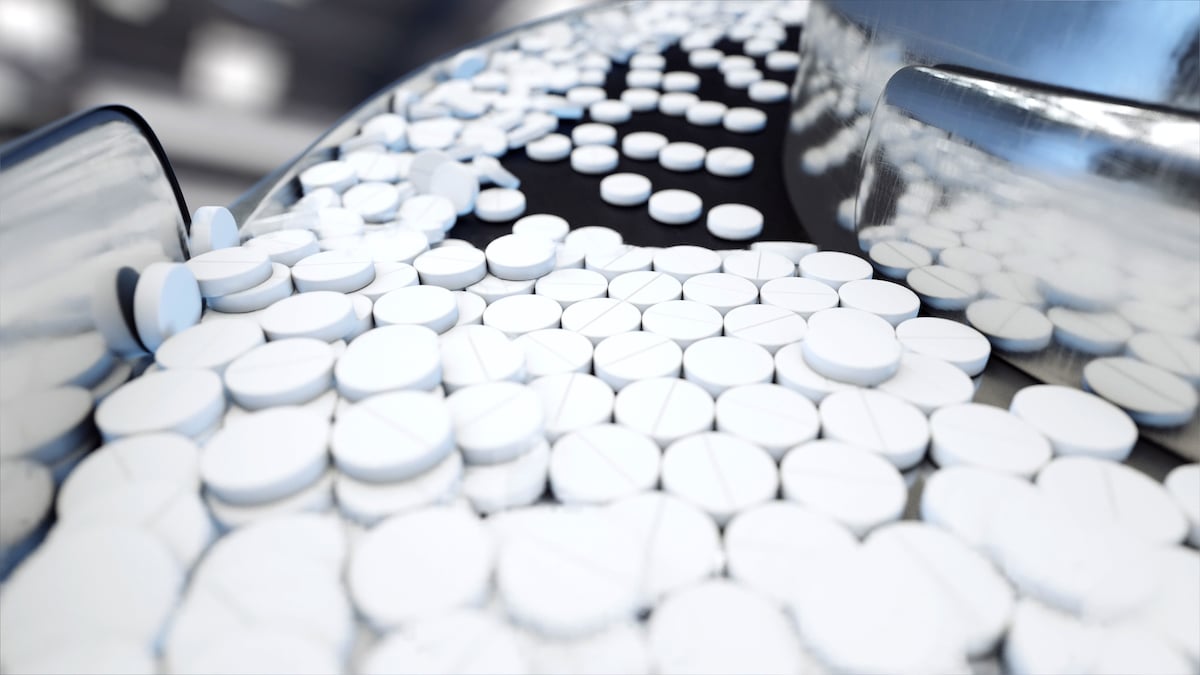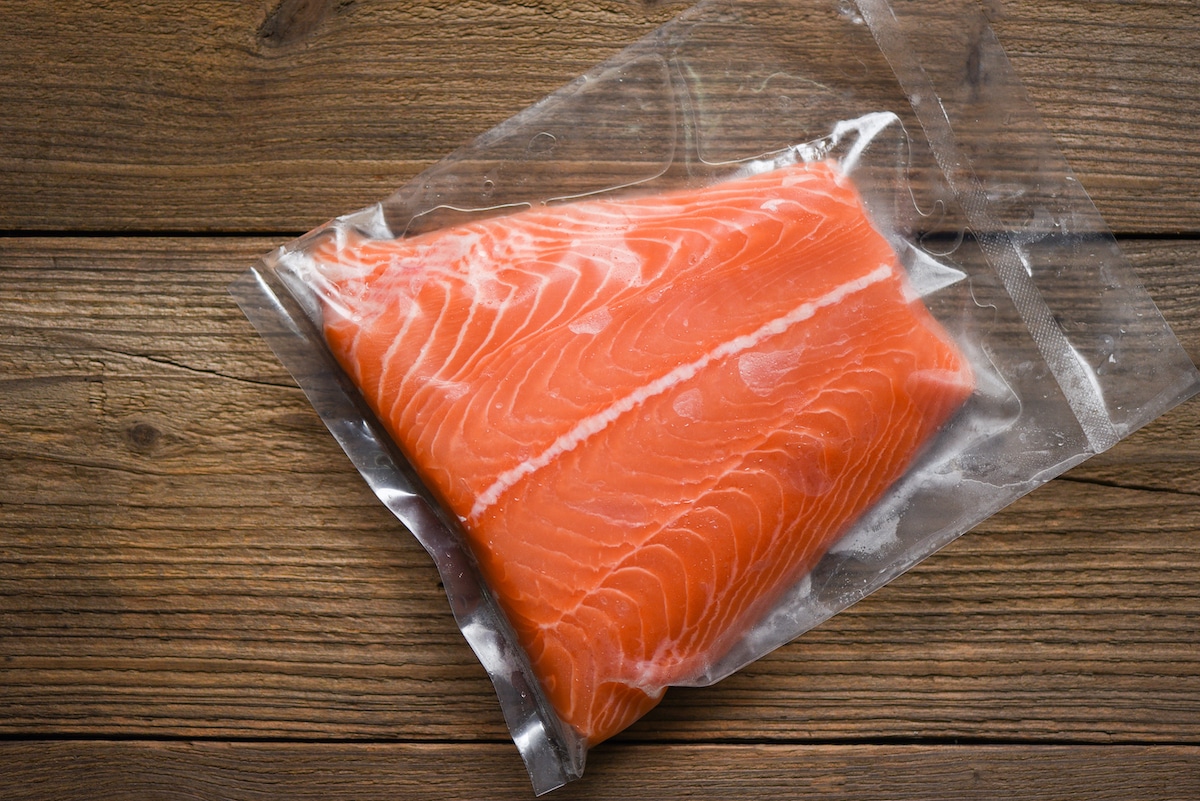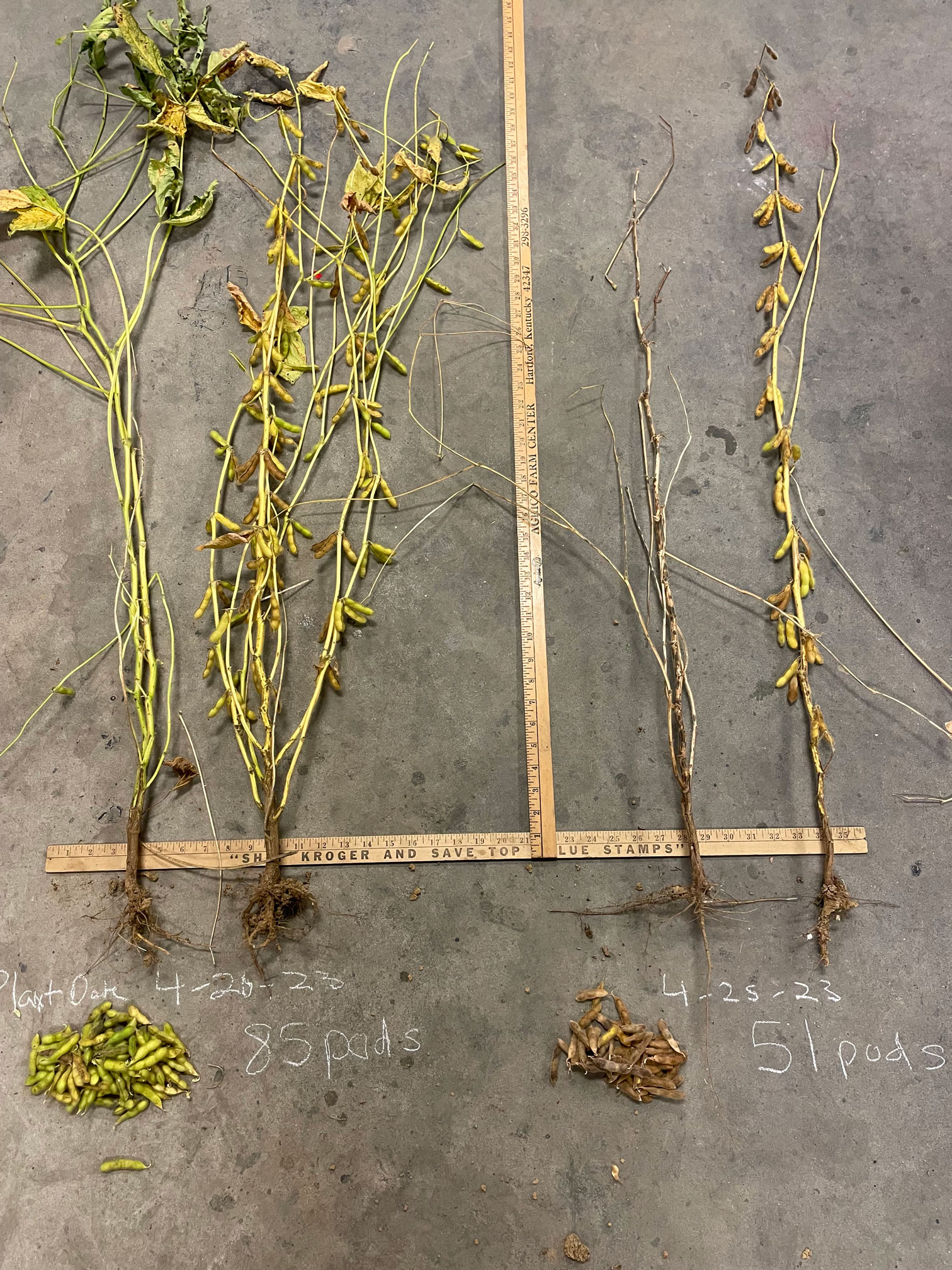With soybeans changing color and leaves looking to fall, this year’s Supplement Your Soybeans (SYS) participants are eager to get in the combine to see how their AMS-treated soybeans performed.
Late-season rains
In the final weeks leading up to harvest, most of the SYS farmers received the late-season rains that are often important for pod fill.
Marc Kaiser noted that his trial field near Carrollton, Missouri, finally got its first sizable rain of the season in August, receiving 8 inches in a 12-day period. “It soaked up perfectly and was exactly what the soybeans needed to fill the pods out,” he said.
However, to the southeast, where Brian Ray farms in the Missouri Bootheel, there was an excess of rain, as the area was hit with 16 inches over 10 days in August. “Other nearby fields were underwater,” Ray said. “But the AMS trial field drained very well, so fortunately, it wasn’t really affected.”
Challenges and observations
In Defiance, Iowa, Ryan Reimers was also thankful for some much-needed August rains. However, that rain opened the door for disease as Reimers noticed a few patches of white mold in his AMS field trial. “I’m hopeful it doesn’t spread, but with how humid it’s been, I’m slightly concerned about how it may affect yield,” he said.
Heading into harvest, Kaiser noticed that the AMS-treated soybeans were comparable in height to untreated acres due to drought stress earlier in the season. Despite this, Kaiser saw more branching and nodulation in the treated soybeans compared to the untreated soybeans. He was concerned, however, about the 100-degree temperatures persisting in late August and early September. Yet Kaiser was hopeful there would be enough ground moisture available to pull his crop through the end of the season. “Moisture is still in the ground and we’ve got deep roots. I feel pretty good that we can finish strong with the cooler temperatures coming soon,” he said.
For Patrick Riley in Utica, Kentucky, the AMS-treated soybeans appeared to be taller, had more root mass and were staying greener longer than the untreated as harvest approached. In late September, Riley pulled plants, observing that the AMS-treated soybean plant had 85 pods, while the untreated only had 51 pods.
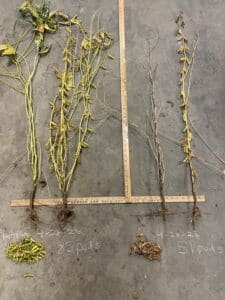
AMS-treated (left) and untreated soybean plants (right) pulled on September 24 from Patrick Riley’s trial fields. The AMS-treated plant had 85 pods while the untreated only had 51 pods.
Expectations for harvest
Heading into the home stretch of the season, the SYS farmers were excited to see how their heightened management approach translated to yield.
Reimers expects to harvest by early October and was feeling hopeful for his AMS trial despite the late-season disease pressure. “I’m pretty optimistic on yields. The late rains really helped, so we’ll just have to see what we’re dealing with on the disease front,” he said.
Kaiser, on the other hand, was feeling more bullish about his beans. “I think we will probably see some significant differences. I don’t know if we’ll hit our goal of 90 bu/ac, but I think we’ll come close in the AMS-treated areas of the trial field.”
Ray anticipates harvest of the AMS trial field will be a couple of weeks earlier than normal, likely occurring in early to mid-October. He believes the rain helped to put the soybeans ahead of schedule, but is looking forward to seeing the results from the trial.
“I feel really good about what we’re seeing, but of course, the combine will tell,” Ray said. “I’m hopeful it comes back the way we think it’s going to, and I expect the results will be pretty impressive based on what we could visually see with the AMS-treated plants being taller and greener with more pods throughout the season.”
Stay tuned to see who saw the greatest returns!

